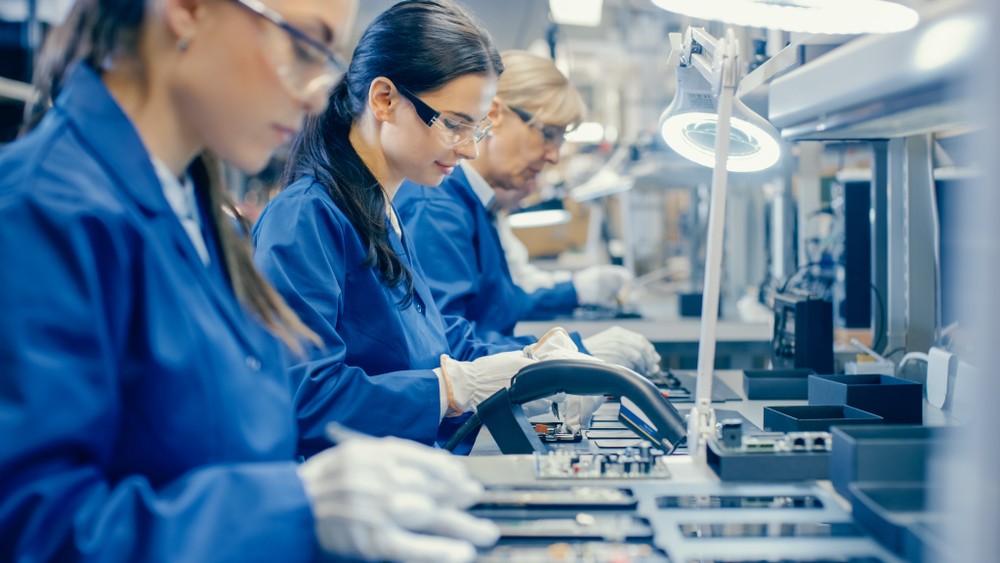People, Processes, and Technologies, and the Challenges of Bringing Them Together

A well-run maintenance program is successful based on the sum of its parts. Understanding those parts and how they contribute to effective maintenance is critical for refining and fine-tuning your program. Often, it’s as simple as examining the three main factors of any maintenance program: people, processes, and technologies. While they’re all independently important, even more important is how they come together in a viable strategy.
The people doing the work
People are the central component in a maintenance program. Without someone to manually turn the wrench (so to speak), the work won’t get done. More than just having able bodies, factories benefit from individuals who are skilled, knowledgeable, and driven. They need a keen understanding of what they’re doing, how it affects reliability, and what their actions contribute to factory operations.
Unfortunately, while dire, talent is the hardest ingredient to come by when formulating a maintenance program that works. Nearly half of all manufacturers (48%) cite finding qualified personnel as the largest hindrance to their maintenance program. Retaining skilled workers is just as difficult. Maintaining competency must be a top priority as processes and technologies evolve. Atop it all is the cost of acquisition and retention — human capital isn’t cheap.

The processes they follow
Sound processes are what translate the efforts of a skilled workforce into results. Maintenance processes are what make your program functional and ensure repeatability, efficacy, and consistency. Without standard operating procedures (SOPs) and steadfast criteria for equipment maintenance, there wouldn’t be a baseline for reliability. Every process you develop, refine, and perfect is a contributor to plant efficiency.
The problem is, processes require constant evaluation and improvement. It’s not enough to have a process; you need to constantly vet and evaluate it to ensure it’s efficient, reliable, and repeatable. Processes also demand uniformity. If everyone does them differently, they fail to be processes and instead become guidelines. They can’t be overly complex, either. Too much margin for error invalidates the sanctity of a well-designed process.
The technologies they use
Bridging the gap between people, process, and execution is technology. Technology is everything from the wrench in a worker’s hand to the augmented reality (AR) goggles that show them how to perform a procedure. Technology is the great enabler, and it helps us not only do, but do better. Providing your maintenance team with the right technology gives them insight and action, and the ability to execute against goals and objectives. It all culminates in success.
But there are barriers that make technology inaccessible or hard to integrate into a maintenance plan. Cost tops the list, along with life cycle. Few manufacturers can pay for state-of-the-art upgrades every few years as innovation outpaces expectation. Compatibility is another headwind and can make integration difficult for manufacturers with legacy products, software, or equipment. And, of course, there’s the time and money needed to train maintenance techs on how to use technology.

Bringing it all together
Companies that can successfully put technology into the hands of people and funnel their efforts into a process have the ingredients necessary for manufacturing maintenance excellence. Lacking or lagging on even one aspect can bring down the entire program, adding cost, inefficiency, and waste. To achieve operational excellence in your maintenance approach, focus on all three: people, processes, and technologies.